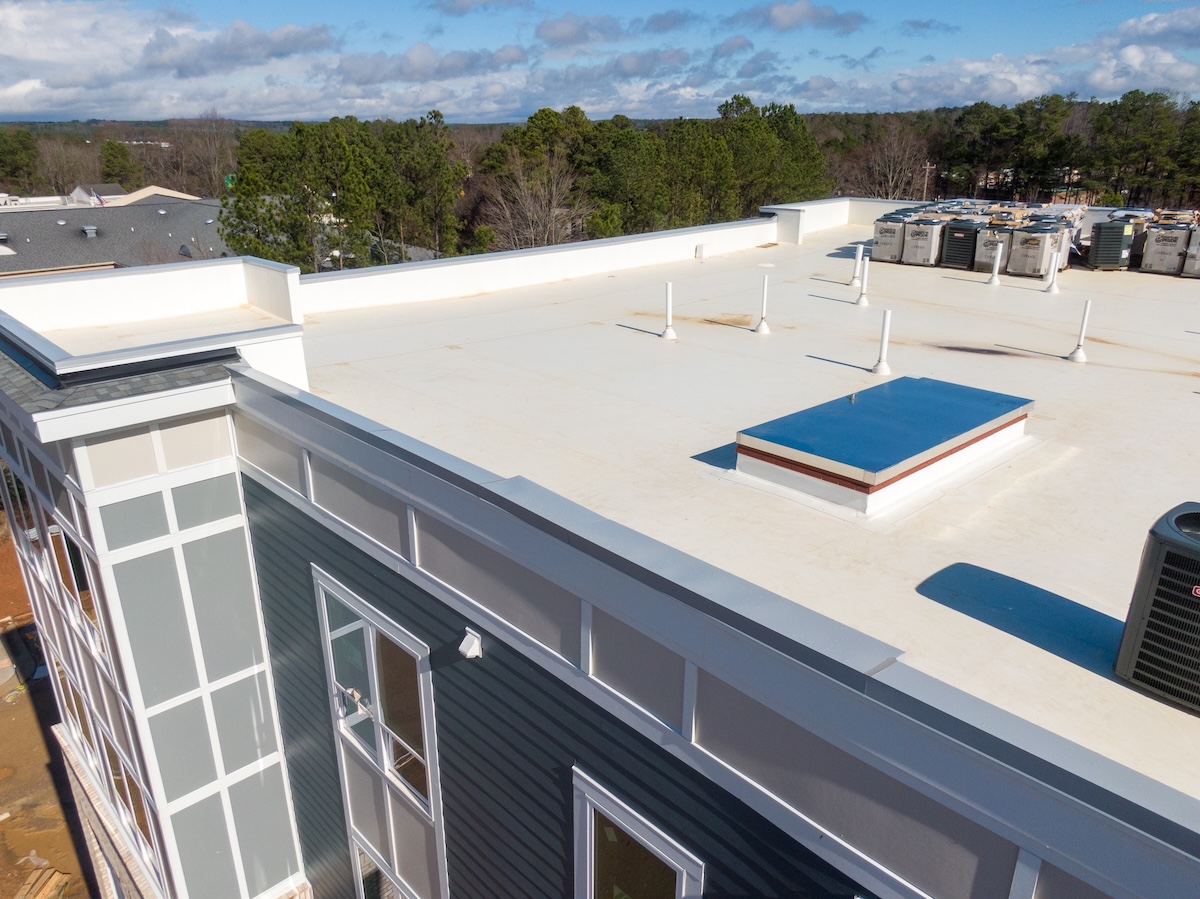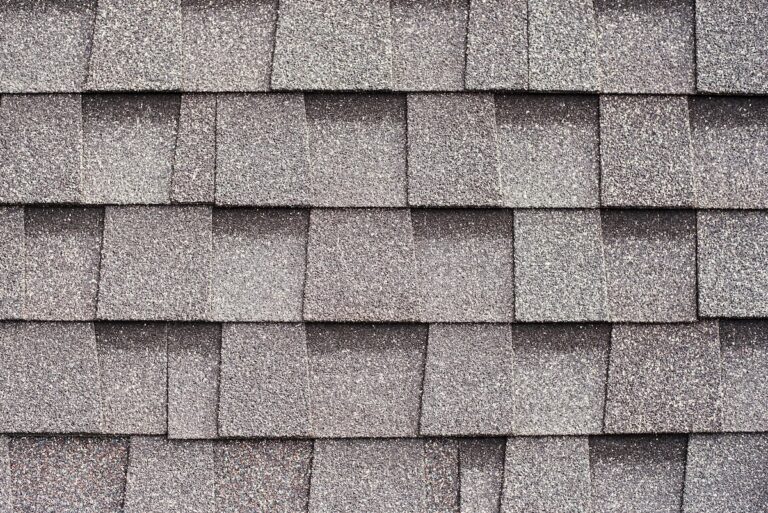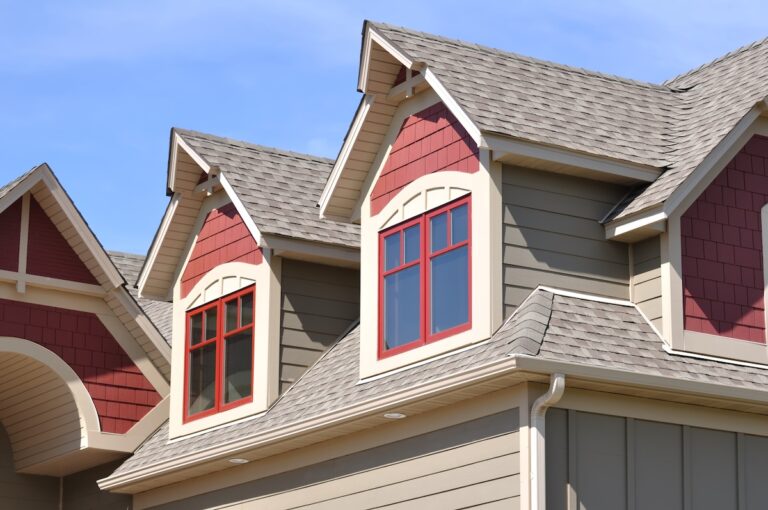TPO roof life expectancy is one of the most common questions commercial property owners ask when evaluating flat roofing systems. As a popular single-ply roofing membrane, TPO (Thermoplastic Polyolefin) offers affordability, energy efficiency, and durability, but its longevity can vary based on several critical factors.
If you’re a business owner or property manager, understanding the following will help you maximize the lifespan of your roof:
- How installation quality influences TPO roof performance
- The role of climate and environmental exposure
- Why TPO roof maintenance is crucial to roof longevity
Let’s break down the most important elements that affect how long your TPO roof will last.
⭐️ Quality of Installation
The foundation of any long-lasting TPO roofing system begins with expert installation. Even the best materials will underperform if installed improperly.

Contractor Experience
Choosing a certified and experienced commercial roofing contractor can prevent early roof failure. Inexperienced crews may:
- Improperly weld seams
- Fail to correctly flash penetrations
- Overlook essential drainage design
Mistakes like these lead to leaks and premature deterioration.
Material Handling and Preparation
TPO roofing systems must be stored and prepared correctly before installation. Best practices include:
- Keeping membranes out of direct sunlight before use
- Ensuring substrates are clean and dry
- Rolling out membranes in appropriate weather conditions
Sloppy preparation compromises adhesion and water resistance.
🏢 Roof Design and Slope
The architectural design of your commercial roof plays a significant role in the longevity of your TPO membrane.
Drainage Capabilities
A flat roof should not retain standing water. If the slope is inadequate or drains are poorly placed:
- Water can collect and break down seams
- Freeze-thaw cycles can expand weak points
- Ponding leads to algae and mold growth
A roof with efficient drainage is less prone to damage.
Roof Penetrations and Features
Skylights, HVAC units, and vents introduce complexity. The more penetrations a roof has:
- The greater the potential for leaks
- The higher the chance of flashing issues
- The more challenging it is to inspect and maintain
Minimizing unnecessary penetrations improves durability.
TPO vs Modified Bitumen: What It Means for Lifespan
TPO roofing systems generally offer a lifespan of 15 to 25 years, depending on the membrane thickness, climate, and quality of installation. Next to alternatives like modified bitumen—which often leans more heavily on multi-layer durability—TPO is favored for its balance of efficiency, cost-effectiveness, and long-term performance in energy-conscious buildings. A prior comparison between TPO and modified bitumen (including the materials used and installation methods) can all play a role in determining which one is the most suitable option for your specific needs.
☀️ Climate and Environmental Exposure
Where your building is located can either help or hinder your TPO roof’s life expectancy.
UV Radiation
TPO membranes are designed to reflect UV rays, but excessive sun exposure still has an impact:
- Prolonged UV exposure accelerates surface breakdown
- Light-colored membranes can lose reflectivity over time
- Cracks may develop in high-temperature regions
Buildings in southern states should expect slightly shorter roof lifespans.
Temperature Fluctuations
Regions with wide temperature swings can cause membrane expansion and contraction. Over time, this leads to:
- Seam fatigue
- Loosened flashing
- Surface cracking
Installing a thicker TPO membrane can help mitigate temperature-related issues.
🛠️ Maintenance Practices
Routine maintenance is a cost-effective way to prolong the life of a TPO roof.
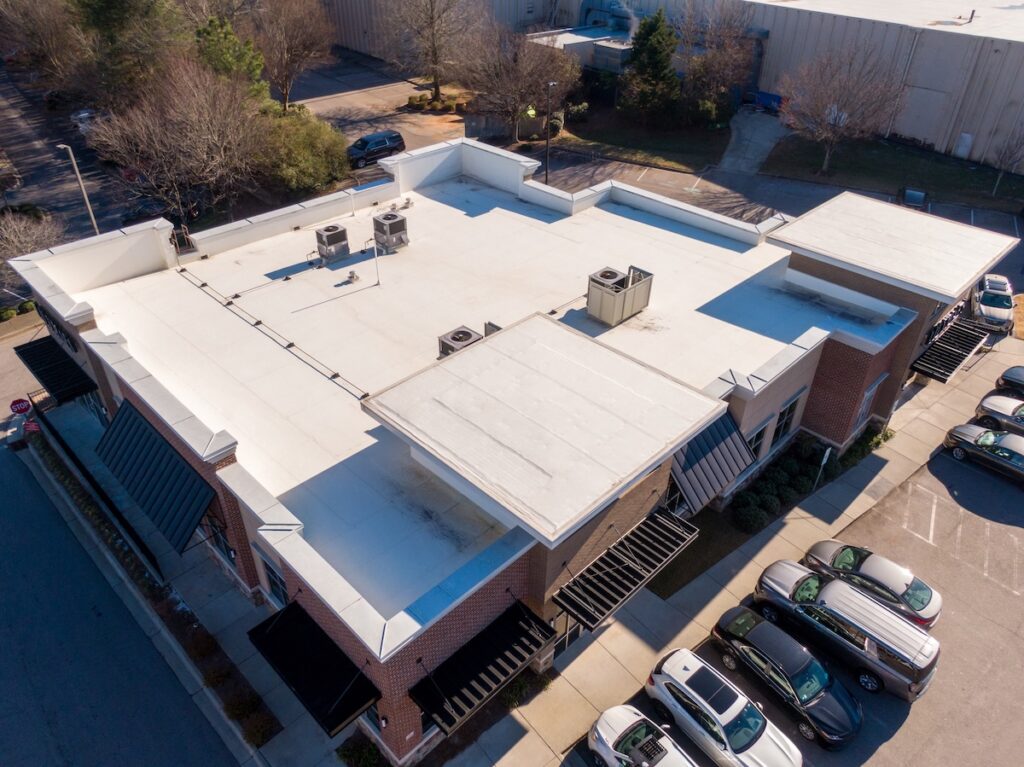
Scheduled Inspections
Conducting seasonal roof inspections helps catch problems early. Benefits include:
- Detecting seam separation before leaks occur
- Identifying clogged drains
- Spotting damage from foot traffic, growing moss or falling debris
A documented inspection schedule is a smart business strategy.
Preventive Repairs
Preventive maintenance can save thousands in repair costs and extend lifespan by years. Common actions include:
- Re-welding seams showing signs of stress
- Replacing degraded flashing around roof penetrations
- Cleaning the membrane to remove debris and algae
A proactive approach adds long-term value to your roof system.
🔑 5 Key Ways to Maximize TPO Roof Life Expectancy
TPO roofs are designed to last 15 to 30 years, depending on usage and upkeep. Here are five major ways to extend that lifespan:
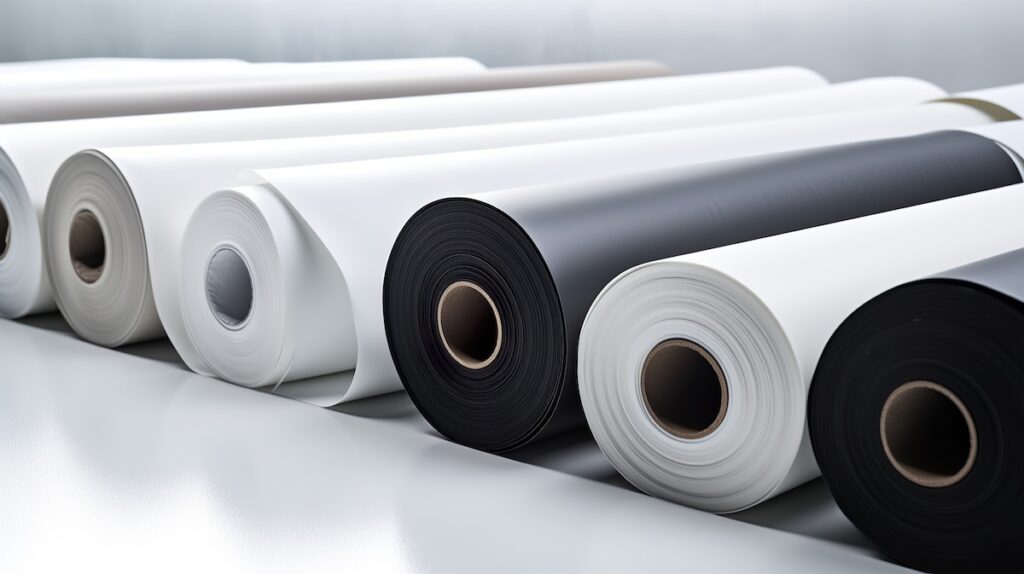
1. Choose a Premium TPO Membrane
Not all TPO is created equal. Higher-quality membranes offer:
- Increased thickness
- Better UV resistance
- Longer manufacturer warranties
Opting for a 60-mil or 80-mil membrane is often a wise investment.
2. Ensure Professional Installation
Work with a commercial roofing contractor that has:
- Manufacturer certifications
- Proven track record with TPO systems
- Strong client testimonials
Expertise in heat-welding techniques is especially important.
3. Implement a Bi-Annual Inspection Schedule
Make sure your maintenance plan includes:
- Spring and fall inspections
- Post-storm damage checks
- Visual and thermal imaging assessments
Regular inspections reveal issues before they escalate.
4. Maintain Clean Surfaces
A clean roof performs better. Best practices include:
- Removing debris quarterly
- Power-washing annually
- Applying anti-microbial coatings when necessary
This also enhances your building’s energy efficiency.
5. Invest in Repairs, Not Just Replacements
If small issues are fixed promptly, full replacements can be delayed. Examples include:
- Replacing loose fasteners
- Fixing minor membrane tears
- Reinforcing seams before failure occurs
Smart repair strategies lead to long-term savings.
👍 Trust G. Cannon for Your Commercial Roofing Needs
TPO roof life expectancy depends on more than just the product itself. From installation quality and roof design to environmental exposure and routine maintenance, each factor contributes to the overall performance and longevity of your system.
At G. Cannon, we understand how important it is for business owners to get the most out of their roofing investment. Our team of certified professionals specializes in high-performance commercial roofing systems, with a focus on detailed craftsmanship and long-term reliability.
With decades of industry experience, a commitment to customer satisfaction, and a proactive maintenance approach, G. Cannon is the name you can trust for expert TPO roofing services.
Receive your free estimate and discover how we can help you extend the life of your commercial roof.
